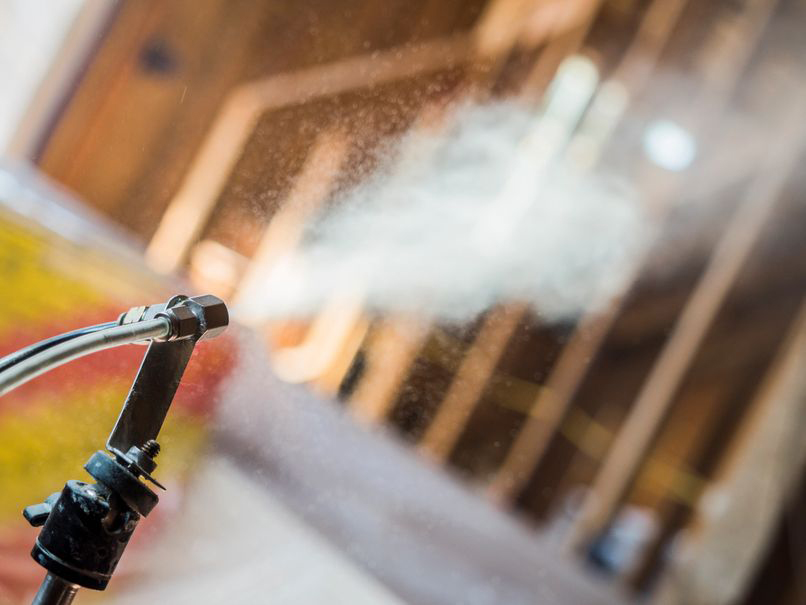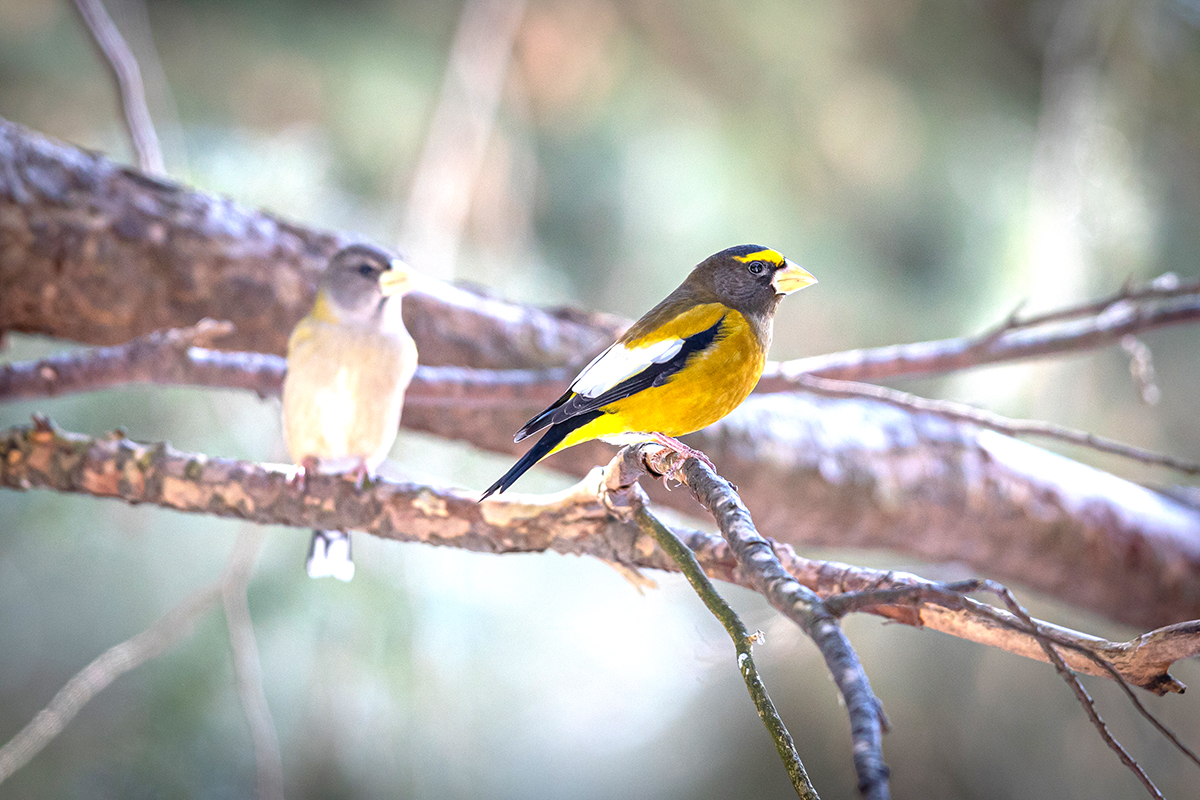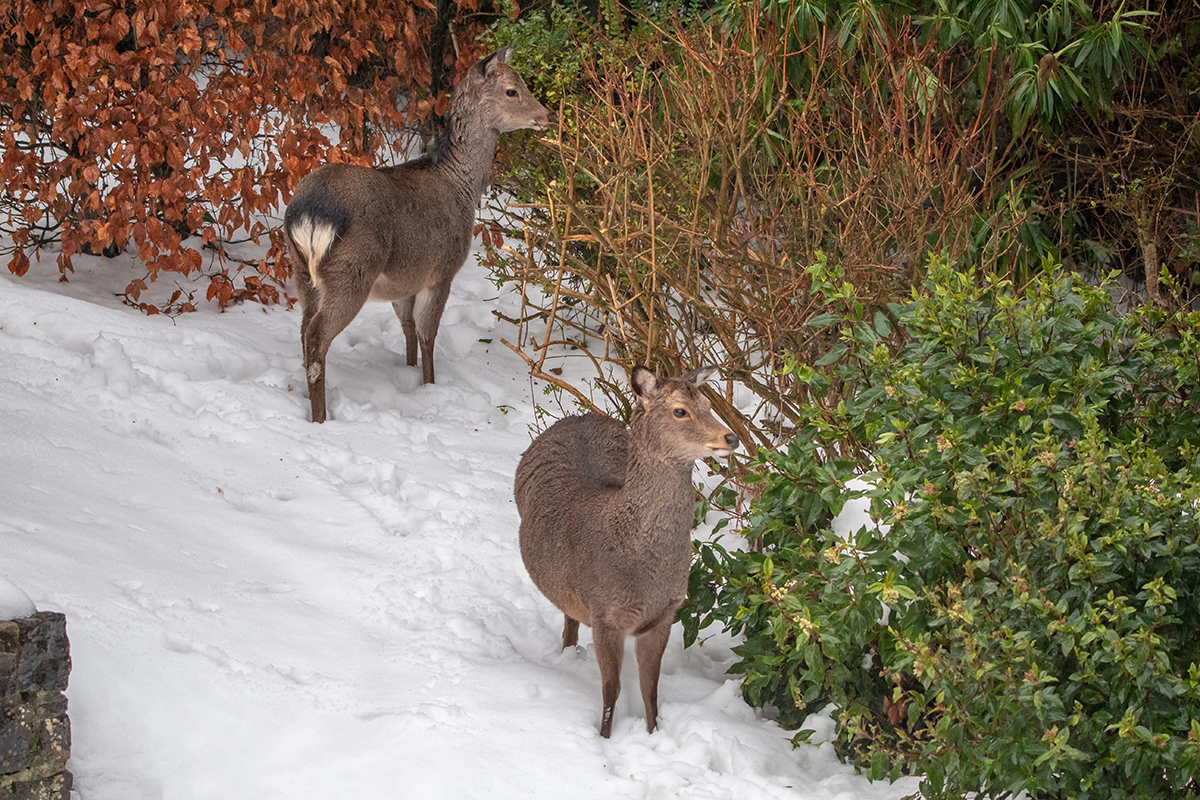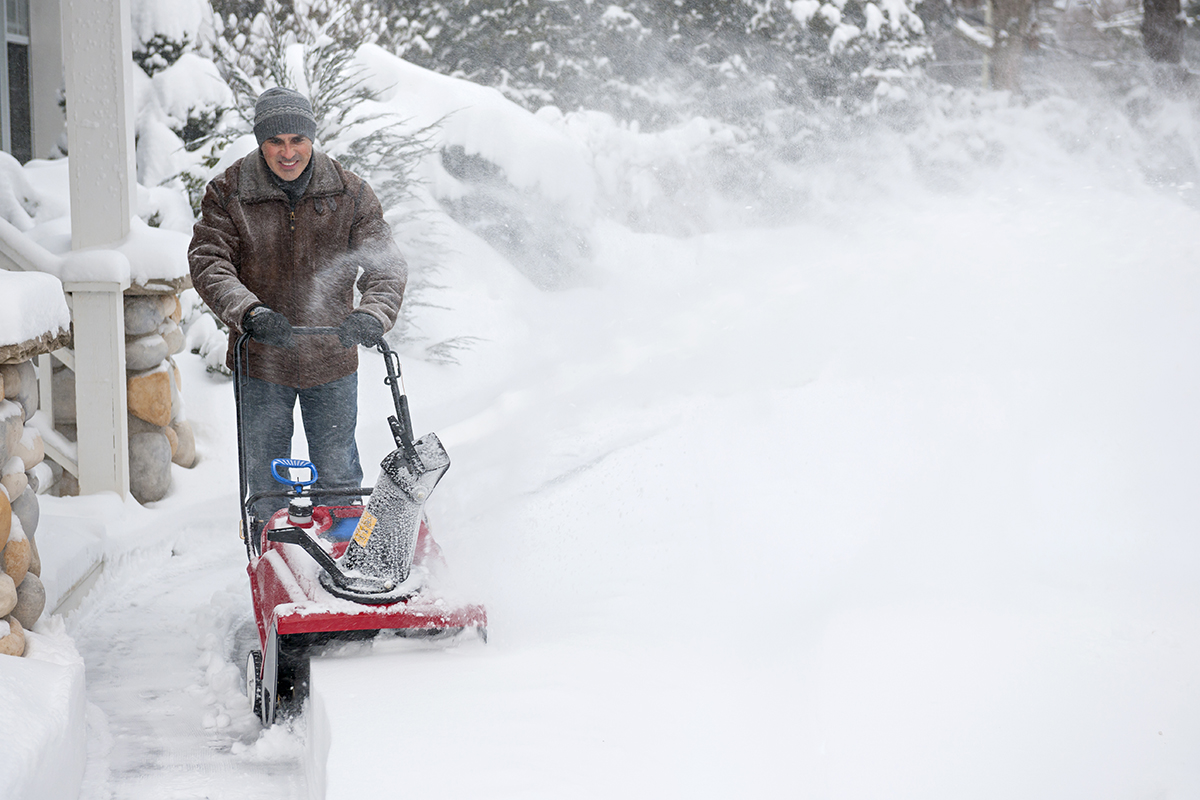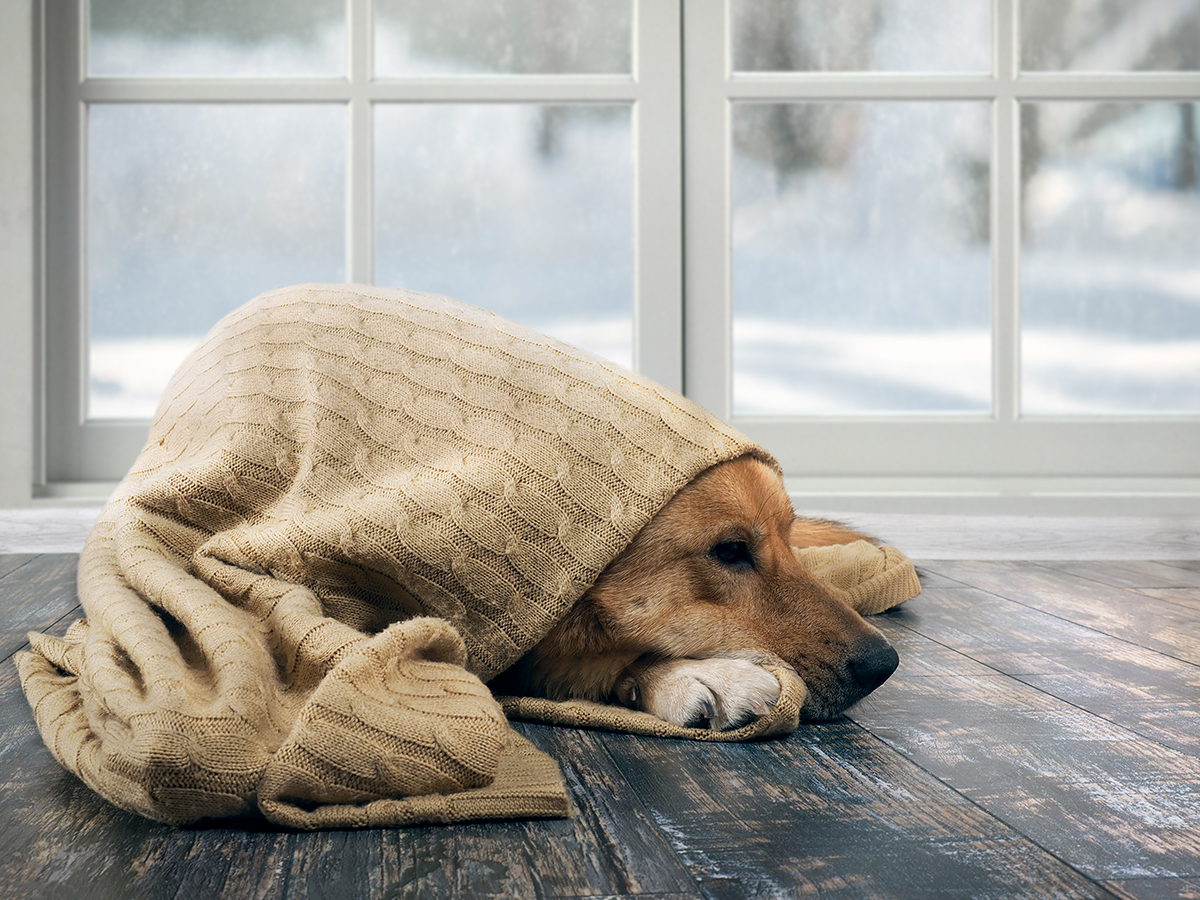WRITER | CHRISTINA FORD
PHOTO | SARA FICK
Container gardening is a practical method of growing plants in pots of different shapes and sizes and is great for small spaces. The convenience and simplicity of container gardening entice many to try out their green thumbs. And why not? Unlike traditional gardening, you don’t have to prepare a plot of land; there’s not a lot of weeding, it doesn’t require much space, and (drumroll) you can bring the pots inside if Michigan’s weather decides to drop 40 degrees in one day! Can I get an Amen? But the best part is that it does not require a lot of experience. So go ahead, get your hands dirty and design a container garden.
The Perfect Pot The beauty of container gardens is that practically anything can turn into the perfect pot for a plant. I say pot, but almost any kind of container will work. Ideas range from old metal washtubs, wood crates, and wine barrels to the traditional terracotta pots, hanging baskets, and colorful containers. Sara Fick, owner of Bell Flower Farms in Lowell, loves to use stock tanks for her gardens. She combines flowers, vegetables, and fruits to create an array of colors, textures, and, of course, delicious food to eat. Choose what you like best and suits your taste, but keep in mind that your perfect pot has to also be a perfect fit for your plant. Size, drainage, material, and placement all play an important role in the success of your plant’s health.
Size The size of your container depends on the needs of the plant. The larger the container, the more space the plant’s root system has to grow. Need some help discerning the correct size? Reading the packages or labels on the plants that you have purchased will usually tell you if you need a big pot or if a small one will suffice.
Drainage Containers for gardening can be recycled from virtually anything, but whatever you choose must have drainage holes to prevent waterlogged roots. If it doesn’t, you may have to pull a Bob Vila and drill some holes in the bottom.
Material The material of your container isn’t terribly important, but each has its advantages in terms of durability, cost, beauty, and weight. Plastic containers, for instance, are lightweight and inexpensive but may not capture the aesthetic you’re going for. Marble and stone, on the other hand, are appealing but are as hefty in price as they are to move around. Metal containers can get very hot, so you’ll need plants that will do well in that situation.
Placement Don’t be afraid to be creative with your gardening space. Experiment with different pot placement, but keep in mind the significance of direct sunlight and the exposure your plant will receive.
The Dirt on Dirt When container gardening, soil is instrumental to plant health. A well aerated, nutrient-dense potting mix will allow your plants to thrive. Typically, a good potting soil has water retentive elements, is free from weeds or disease, and contains a balance of nutrients ideal for plants. Although most mixes contain a fair amount of fertilizer, it is still important to feed them with the supplements they need to flourish. Along with their nutrient-rich food, your plants will also need a tall drink of water! Plants in containers dry out quickly since all sides of the container are exposed to the air, causing water to evaporate substantially faster than when in the ground. Check the soil regularly to make sure it stays moist. When the top inch of soil is dry, it is time to water. Avoid overwatering, however, as it promotes rot and can suffocate roots.
Pick Your Plants Many of us envision a beautiful traditional front porch blooming with impatiens, geraniums, and, of course, the center spike! But nowadays, with the ever-popular farm-to-table approach, why not have the “farm” right at your fingertips? Many edible plants can be grown in containers. Potted herbs are a popular choice because they are compact and can easily be grown in a small space. If vegetables are your heart’s desire, try greens such as lettuces and spinach. Smaller varieties of tomatoes, zucchini, and peppers can also be grown successfully with a trellis or stake for them to climb.
Choosing which plants to grow can be overwhelming, so why not start with some culinary containers specifically designed with a theme in mind? Some fun examples are pizza gardens (basil, bell pepper, oregano, and spinach), salsa gardens (cilantro, jalapeños, onions, and tomatoes), and salad gardens (arugula, kale, spinach, carrots, tomatoes, and cucumbers).
Once you have your plants, pots, and placement, container gardening is a bed of roses… or fruits…or vegetables…or herbs. Enjoy!





